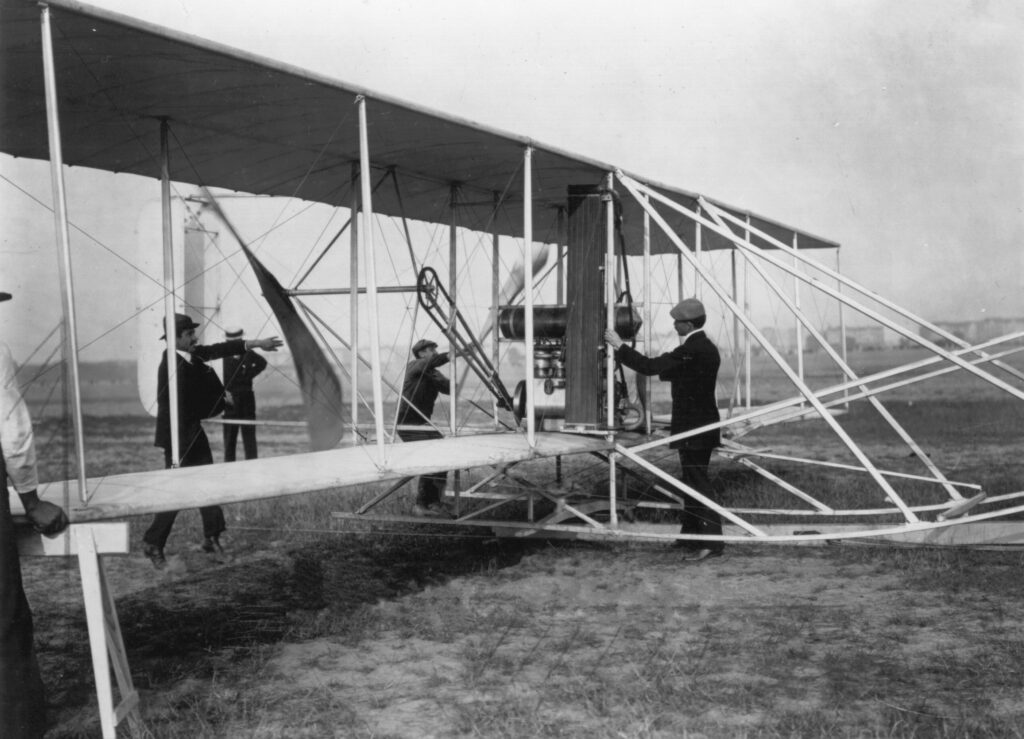For every pilot, there are numerous hard-working ground crew plying their trade behind the scenes. For every smooth flight, there are countless man-hours of upkeep.
Which brings us to the term ‘MRO’. For the scores of people who (in normal times, at least) travel on commercial aircraft every day, MRO means nothing to them. Even aviation buffs tend to overlook the processes associated with it. Perhaps unsurprisingly, the spotlight usually shines on the glamour of flight, not the hard work that makes it possible.
So, what is MRO?
Put simply, MRO stands for Maintenance, Repair and Overhaul. Maintenance is routine; repair applies when something fails; and overhaul is both of them taken to the next level – a complete reassembly of an aircraft to ensure that it functions like new.
It all seems straightforward, one of those industry terms that is bandied about by managers and executives. But those three letters represent a much bigger picture, and one that has changed significantly since the early 20th century.
Pilots and mechanics
The abbreviation ‘MRO’ appears in many fields and has many meanings. In the aviation world, its first mention can be tracked back to the 1930s. Maintenance, repair and overhaul has been important for as long as flight has been possible, including the Wright brothers’ Flyer which had to be maintained and repaired, as well as sometimes reassembled between flights in the nascent days of aviation.
Back then, however, and for some years afterwards, the aviation industry was so small that aircraft were often maintained by the same people who flew them, and sometimes by the very people who built them.
Less than a decade into the 20th century saw the adoption of heavier-than-air aircraft in the armed forces. With that came a new role, that of the aviation mechanic. At first, they were pilots too: such was the case in 1909 when several young officers were assigned to the first Wright Flyer bought by the US Army. With time, and with more aircraft purchased, this changed and the jobs were more clearly defined between those who mostly flew the aircraft and those who fixed them.
Many contemporary accounts of American army aeroplanes make note of poor maintenance as the mechanics had neither the skills nor the means to keep the flyers in proper condition. Repair was even more important, as aircraft crashed rather often. The army was a bit slow in adapting requirements for both pilots and mechanics.
Things moved faster in Europe as France’s Service Aéronautique adopted processes and techniques from the air balloon service, and – after acquiring the first flyer in 1909 – began manufacturing, flying and repairing domestically-produced aircraft in large numbers. In addition, the mechanic corps of the service grew and diversified.
While maintenance and repair were an ordinary part of life of both civilian and military aircraft prior, during and after World War One, the ‘overhaul’ part of MRO was a bit more tricky. While aircraft were regularly overhauled (disassembled and reassembled) and aircraft overhaul shops began to appear where civilian aircraft were flown, this only meant that the shop had a capability to break down an airplane into its constituent parts. The procedure was not formalized, regulated or standardized.
In fact, in the interwar years, standardization was simply not a thing in the aviation industry. A good illustration of this is the ubiquity of self-made aircraft in the possession of both military and civilian services. For example, the first aircraft of the Qantas airline – an Avro 504K – was built at a local shop in Sydney. With intellectual rights not being enforced at that time, and quality requirements practically non-existent, this practice was widespread.
It began to change during the 1930s. This was also when the abbreviation MRO started to appear in documentation related to aircraft purchases. It meant ‘Maintenance, Repair and Operating’ though, usually referring to supplies necessary to keep aircraft in the air.
Spreading the word
According to Google Ngram Viewer, a tool which charts the frequency of keywords in published books, usage of the MRO term exploded between 1939 and 1940. There are several reasons for this.
While the outbreak of World War Two saw a rapid growth in air forces, as well as their documentation in both the US and Britain, the majority of the mentions of the keyword are not in a military context. In many cases, the term MRO was adopted by other industries which began using it to refer to maintenance, repair and operating of all manner of mechanical devices, from factories to sewage systems.
In the US, MRO is sometimes referred to as ‘maintenance and repair order’, meaning an order of supplies or services needed to maintain or repair any object, including an aircraft. It was not uncommon to refer to MRO supplies as simply ‘MRO’, especially in purchase documents. The decade also saw the rise of companies specializing in maintenance and repair services that were hitherto often performed by a manufacturer or the customer. So, in the 1940s, it was possible for an MRO company to receive an MRO for an MRO (an order for supplies).
The phrase ‘Maintenance, Repair and Overhaul’ was also quite often used in this context, although it was not abbreviated and usually had other components – operation and inspection. The earliest explanation of the term MRO containing those three words can be traced to an air conditioning industry journal in 1957, although there probably were earlier references elsewhere.
The use of the abbreviation fell drastically in the 1960s, although by the 1970s almost all mentions of it already referred to maintenance, repair and overhaul.
Nevertheless, the earlier version – maintenance and repair operation – can still be found today, although usually with an explanation of its archaic nature

